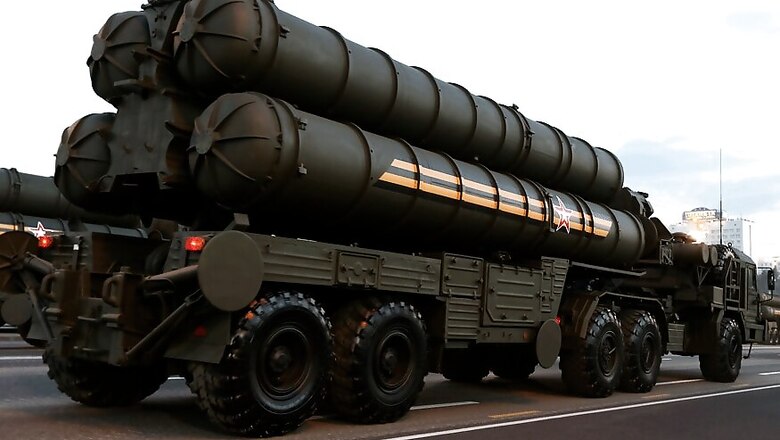
views
The Bharatiya Janata Party had centered its Lok Sabha election campaign on national security and with the Union Budget approaching, the defence forces have high hopes that implementation of some of the top-most manifesto promise will see the light of day.
Add to it that newly appointed finance minister Nirmala Sitharaman is the erstwhile defence minister, the expectation of a special focus on the sector has increased.
The strategic imperative of creating a solid defence industrial base has been well recognised. During the first NDA regime, speaking at the Aero India show in February 2015, the Prime Minister had said that defence manufacturing was “at the heart of the Make in India programme” and that the country should aim to manufacture 70 per cent of military equipment domestically in the next five years.
By the end of the term, the proposed defence manufacturing ecosystem had, along with Make in India, slipped out of sight.
Union Budget 2019 is expected to address the shrinking resources for military modernisation and the consequent need for structural change in the armed forces.
With a budget of Rs 4,31,011 crore in the Interim Budget 2019-20, Ministry of Defence (MoD) accounted for 15.5 per cent of total central government expenditure (CGE).
However, following the grant of one-rank-one-pension and the implementation of the 7th Pay Commission, manpower costs of salary and pension account for over 70 per cent of the defence budget, leaving little room for modernisation.
In the budget of 2018-19, the allocation for pensions grew 27 per cent over the previous year, while capital expenditure rose by only 9 per cent.
As a result, the capital procurement budget, which is critical for defence modernisation, has seen a marked fall in its share in the budget. In fact, spending on modernisation has declined from 26 per cent of the MoD’s expenditure in 2011-12 to 18 per cent in 2018-19.
To provide greater momentum to the modernisation of the armed forces, there is a need to enhance defence spending. Former finance minister Arun Jaitley had in March admitted to this and said India needs a bigger defence budget to modernise its armed forces during the next six-seven years.
The defence ministry has a task at hand to fulfil the requirements for new assault rifles, artillery guns, and bulletproof jackets for the Army to submarines and helicopters for the Navy and fighter jets for the Air Force (IAF).
Some big acquisition projects are lined up like S-400 air defence system from Russia worth 5.4 billion dollars. India is also looking to buy MH-60 Romeo naval multi-role helicopters from the US for 2.6 billion dollars apart from an air defence system and drones.
While the three services have lined up some big ticket purchases, the finance minister may have little room for manoeuvring considering the overall fiscal situation.
To overcome the constraints, the government may have to get more creative in how it generates the funds. A case in point being, the MoD, being the largest landholder in the government, sits on vast tracts of land measuring 1.73 million acres.
A large portion of this land is unused or under-used. Given that much of the land is in prime areas, its judicious commercial exploitation, while keeping security concerns in view, would generate resources, which, in turn, could be channelled for modernisation.
For optimisation of resources, MoD has already started implementing some of the recommendations of the Committee of Experts (CoE) it had set up under the chairmanship of Lt. Gen. (Retd.) D.B. Shekatkar with the mandate of suggesting measures to “enhance combat capability and rebalance defence expenditure”.
The implementation of the pending reforms measures suggested by the CoE may be expedited to achieve the intended objectives.
















Comments
0 comment